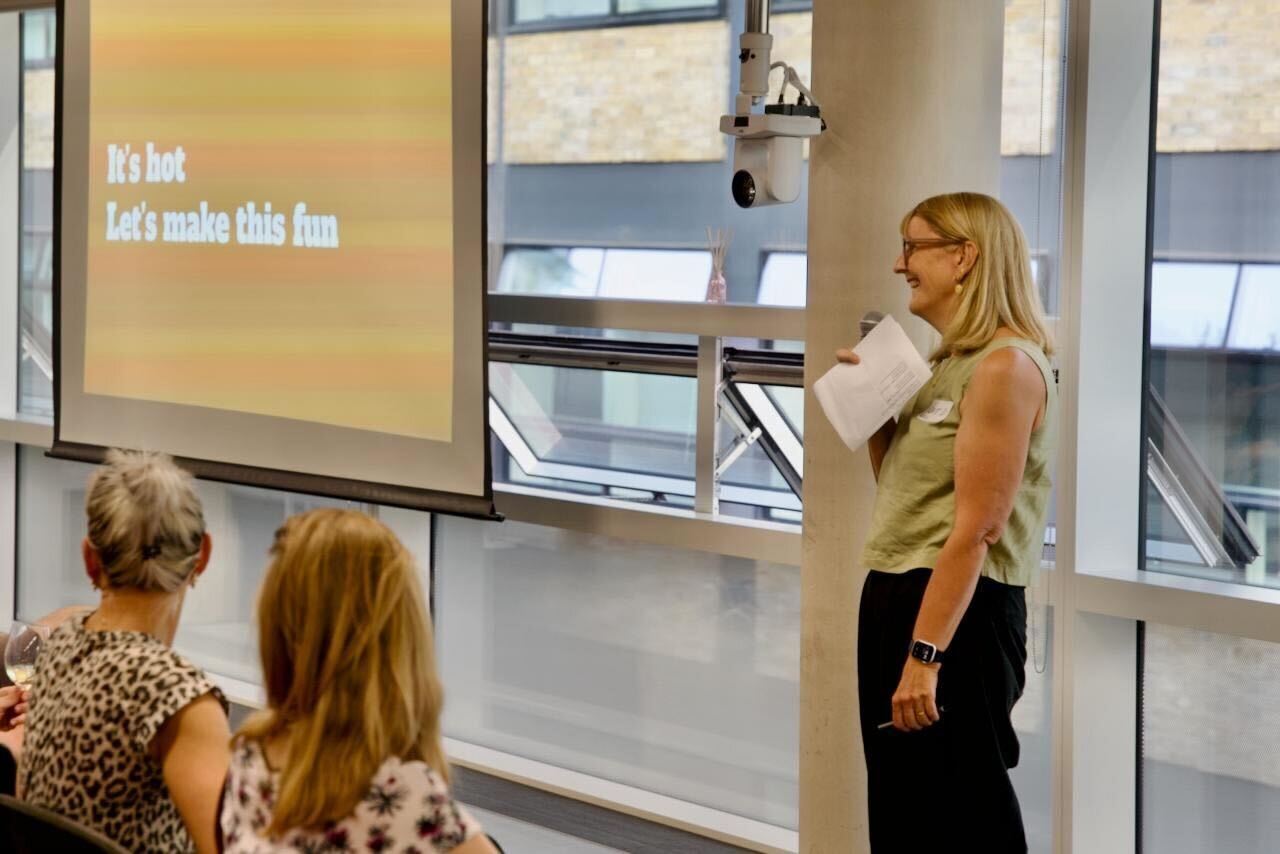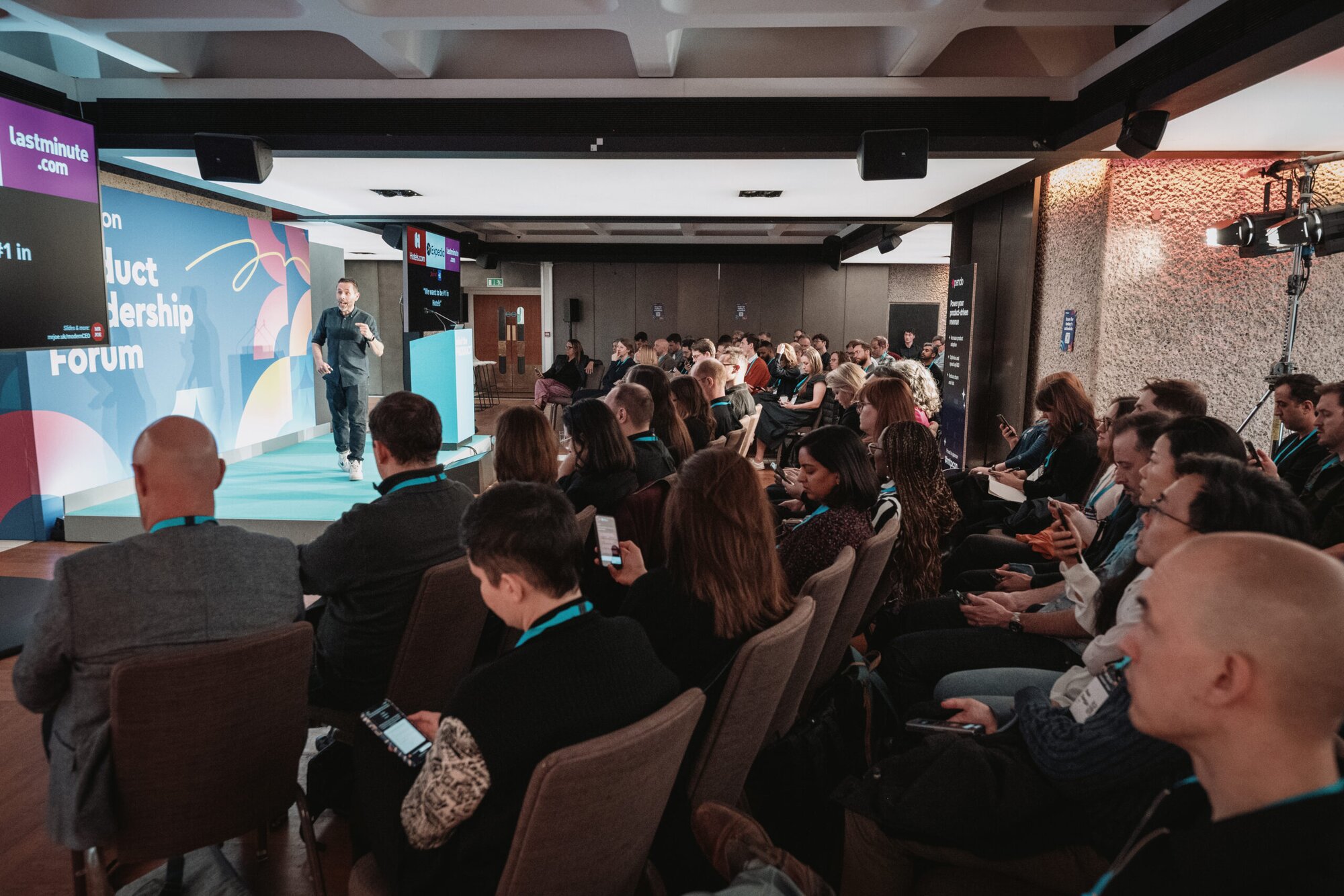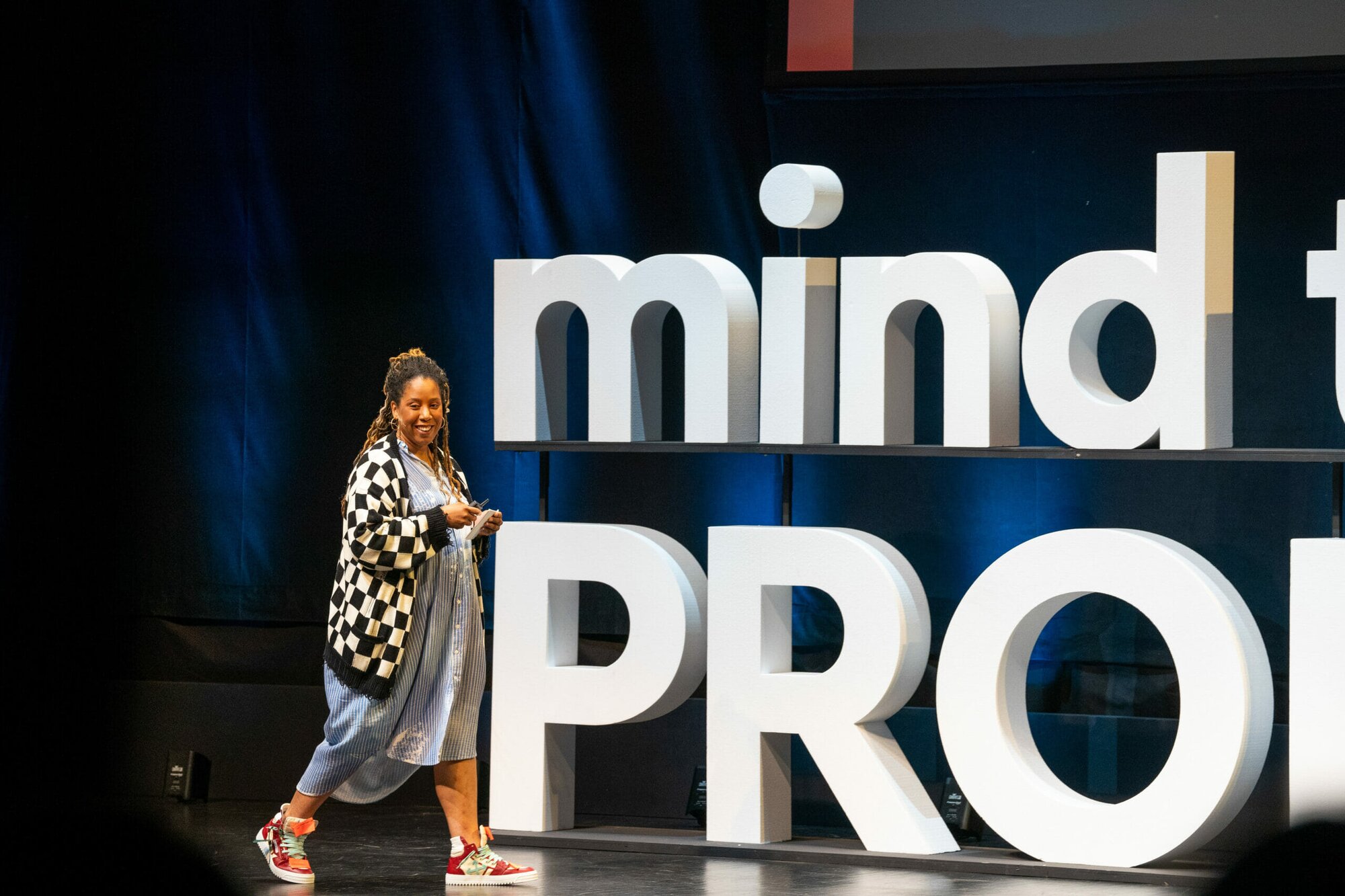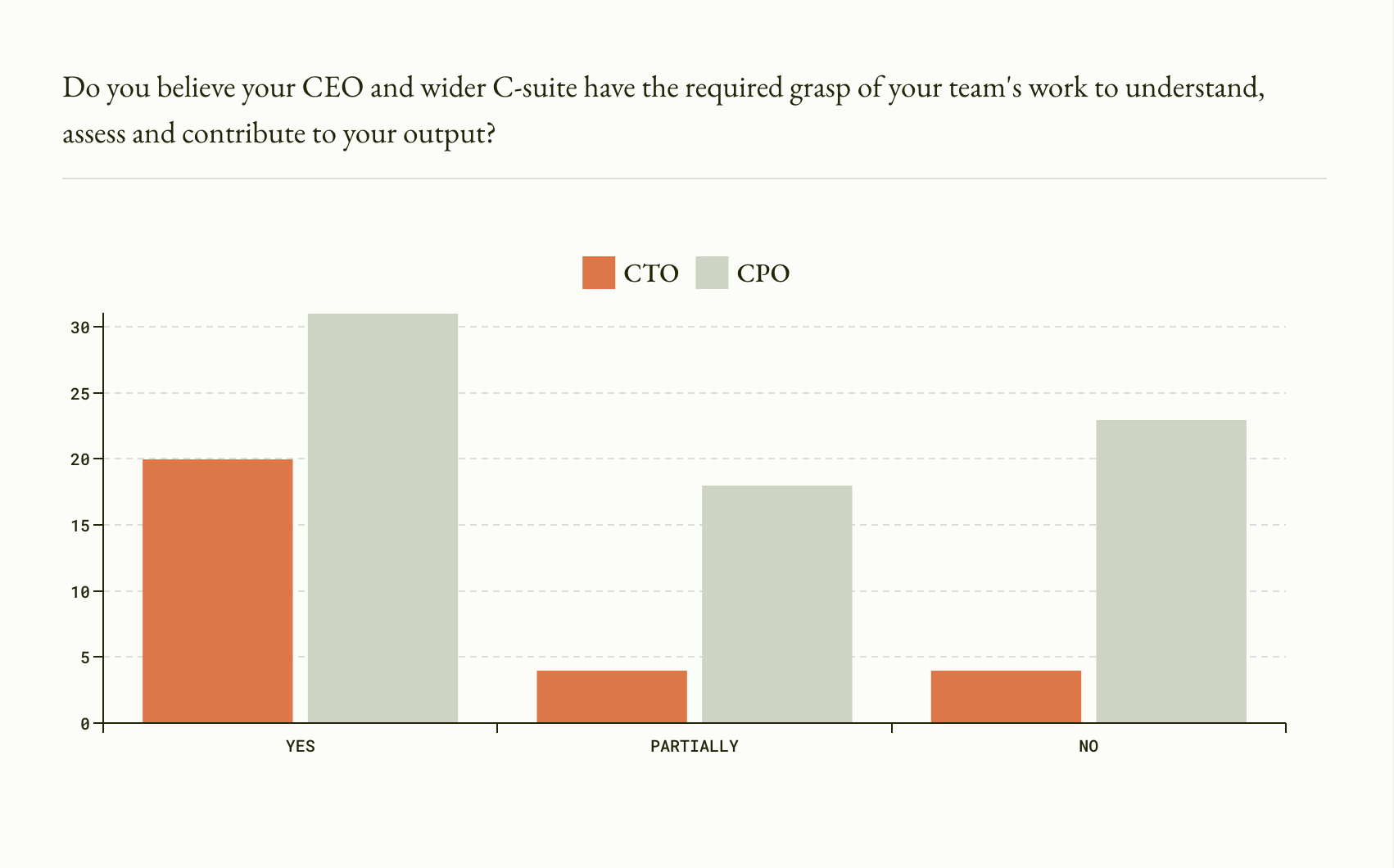Lucy Spence starts this conference talk by running through the different types of decisions – they are broadly either Type 1, which are not reversible, or Type 2, which are reversible. She also talks about ways to balance speed and accuracy in decision making – it’s important to be accurate when making Type 1 decisions, for example.
Product managers must help their organisations to navigate ambiguity, and Lucy says this involves understanding and learning from the past, being able to engage with customers to discover value, and communicating the path forward to colleagues and customers. You should signal intent how you’re moving forward, while working backwards from customer outcome and reflecting on what you’ve done.
She then runs through some of the techniques she uses to achieve this.
Start at the end: Describe the final experience – you’re testing the desirability of your product while bearing in mind the effort that may be required to get there.
Write narratives: Articulate the outcome you’re aiming for in complete sentences because it forces you to unpack your thinking.
Signal intent: Your job is to make sure that the right decision gets made, not to make the right decision.
Look out for unintended consequences: Inspect them closely when they occur, understand the chain of events around them.
Expose invisible decisions: For example, consider the decisions made about what not to do.
Compare and contrast: Ask, what is the opportunity cost? Are you solving the right problem?
Watch the original talk: Decision Supervision – Structured Thinking for Product People by Lucy Spence







